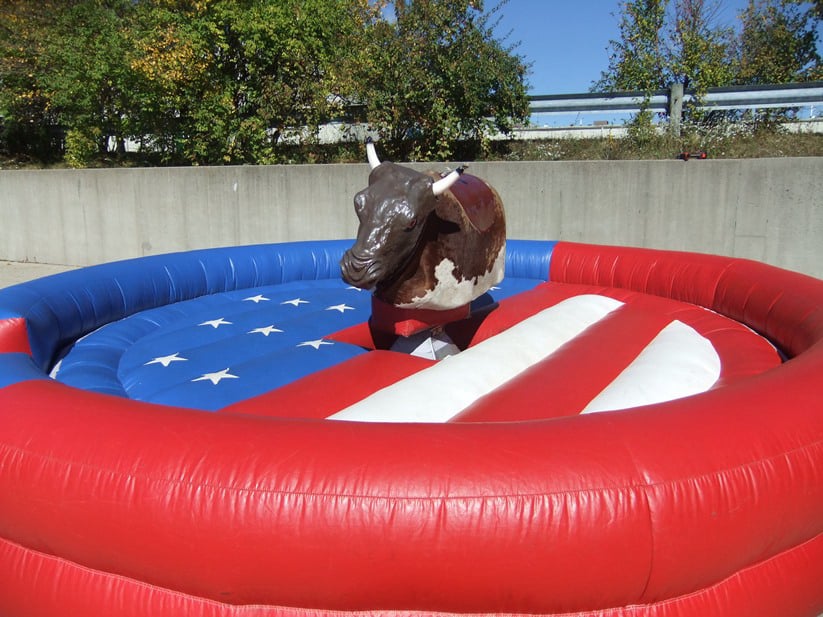Maryland, located in the Mid-Atlantic region of the United States, is characterized by its diverse geography, which ranges from the sandy dunes of the Eastern Shore to the rugged mountains of the Appalachian range in the west. Its proximity to the Chesapeake Bay, the largest estuary in the nation, plays a vital role in the state's ecosystem and economy, making it a hub for fishing, boating, and tourism. With the nation's capital, Washington, D.C., just across the Potomac River, Maryland benefits from a strategic location that has shaped its development and cultural diversity. The state's varied topography also leads to unique flora and fauna, offering a wide array of outdoor recreational opportunities across its numerous parks and natural reserves.
As of the latest estimates, Maryland is home to a population of approximately 6.1 million residents, making it one of the most densely populated states in the country. The population is a melting pot of cultures and demographics, with a significant presence of African American, Hispanic, and Asian communities. The urban landscapes of Baltimore and Annapolis contribute substantially to the state's vibrancy and economic activity. Baltimore, the largest city, is known for its rich history and dynamic arts scene, while Annapolis serves as the state capital and is renowned for its historic districts and maritime heritage.
Maryland experiences a moderate climate, characterized by four distinct seasons. The state's coastal areas often see mild winters and hot, humid summers, while western regions experience colder winters and more significant snowfall. This diverse climatic condition allows for a variety of agricultural production, with Maryland being a leading producer of chicken, corn, and tobacco. Such favorable conditions also enhance outdoor tourism options, allowing residents and visitors to enjoy activities such as sailing in the summer and skiing in the winter. The state's climate plays an integral role in shaping its economic activities, including tourism, fishing, and agriculture.
The attractions in Maryland are as diverse as its geography and culture. Major landmarks include the historic sites of Fort McHenry and the U.S. Naval Academy, located in Annapolis, as well as the stunning Assateague Island National Seashore, famous for its wild ponies. Educational institutions in Maryland are also noteworthy, with institutions like Johns Hopkins University and the University of Maryland, College Park, being prominent research universities that draw students from around the globe. These schools not only contribute to the educational landscape but also positively impact the economy and culture of the state. Overall, Maryland combines rich history, vibrant culture, and educational excellence, making it a unique place to live and visit.



